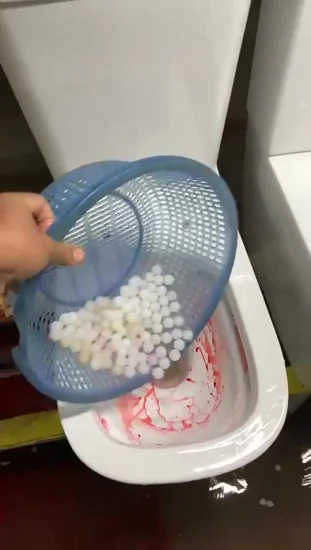Is it Advisable to Flush Food Down the Toilet?
Is it Advisable to Flush Food Down the Toilet?
Blog Article
How do you really feel about Flushing Food Down the Toilet??

Intro
Many people are commonly faced with the problem of what to do with food waste, specifically when it comes to leftovers or scraps. One typical question that occurs is whether it's fine to purge food down the bathroom. In this post, we'll look into the reasons why people might think about purging food, the repercussions of doing so, and different approaches for proper disposal.
Reasons why people may think about purging food
Lack of recognition
Some individuals might not understand the prospective damage caused by flushing food down the bathroom. They might erroneously believe that it's a harmless method.
Convenience
Purging food down the commode may feel like a quick and simple option to throwing away undesirable scraps, especially when there's no close-by trash can readily available.
Laziness
In some cases, people may just select to flush food out of large negligence, without taking into consideration the consequences of their actions.
Consequences of flushing food down the toilet
Environmental impact
Food waste that ends up in rivers can add to air pollution and damage water environments. In addition, the water made use of to flush food can strain water resources.
Pipes concerns
Flushing food can result in clogged up pipelines and drains, causing expensive pipes fixings and inconveniences.
Types of food that should not be flushed
Fibrous foods
Foods with fibrous textures such as celery or corn husks can get tangled in pipes and cause blockages.
Starchy foods
Starchy foods like pasta and rice can take in water and swell, causing obstructions in pipelines.
Oils and fats
Greasy foods like bacon or food preparation oils need to never ever be flushed down the bathroom as they can solidify and cause clogs.
Correct disposal techniques for food waste
Using a garbage disposal
For homes outfitted with waste disposal unit, food scraps can be ground up and flushed through the pipes system. Nevertheless, not all foods are suitable for disposal in this fashion.
Recycling
Specific food packaging products can be recycled, lowering waste and lessening environmental influence.
Composting
Composting is an environment-friendly way to throw away food waste. Organic materials can be composted and utilized to enrich dirt for gardening.
The importance of correct waste administration
Decreasing ecological damage
Correct waste administration techniques, such as composting and recycling, assistance minimize pollution and maintain natural deposits for future generations.
Securing plumbing systems
By preventing the technique of flushing food down the toilet, house owners can protect against costly plumbing repair work and preserve the integrity of their plumbing systems.
Final thought
To conclude, while it may be appealing to flush food down the bathroom for benefit, it is very important to comprehend the prospective repercussions of this action. By adopting appropriate waste management practices and getting rid of food waste responsibly, people can add to healthier pipes systems and a cleaner atmosphere for all.
FLUSH FOOD DOWN THE TOILET?
FLUSHING FOOD CAN CAUSE BLOCKED DRAINS IN YOUR HOME
All of the plumbing fixtures in your home are connected to the same sewer pipe outside of your home. This outdoor sewer pipe is responsible for transporting all the wastewater from your home to the Council sewer mains. Even small pieces of food that go down the kitchen sink can cause problems for your sewer. It should therefore be obvious that flushing larger bits of food, such as meat, risks a clog in either the toilet itself or the sewer pipes. Flushing greasy food is even more problematic because oil coagulates when it cools, coating the interior lining of your pipes.
THE TOILET IS NOT A BIN
Food isn’t the only thing that people shouldn’t be flushing down the toilet. People use the toilet to dispose of all kinds of things such as tampons, makeup wipes, dental floss, kitty litter and even underwear. Water goes to great lengths to educate residents about the high costs and stress placed on wastewater treatment systems simply from people flushing the wrong stuff down the toilet. It costs taxpayers millions of dollars each year, and homeowners thousands in blocked drain repairs.
FLUSHING FOOD IS A WASTE OF WATER
Flushing food is a waste of our most precious resource - water. In June this year Level 1 water restrictions were introduced to protect water supply from drought conditions. Much of New South Wales continues to be affected by prolonged drought with recent figures revealing up to 97 per cent of the state remains in drought. Depending on whether you have a single or dual flush toilet, every single flush uses between five and 11 litres of water. In the current climate this is a huge amount of water to be wasting on flushing food that should be placed in the bin (or better yet, the compost).
https://www.jabplumbingsolutions.com.au/blog/can-you-flush-food-down-the-toilet

I am just very taken with Flushing Food Down the Toilet? and I hope you liked the new piece. Make sure you pause to distribute this entry if you enjoyed it. Thank you for your time. Return soon.
View Report this page